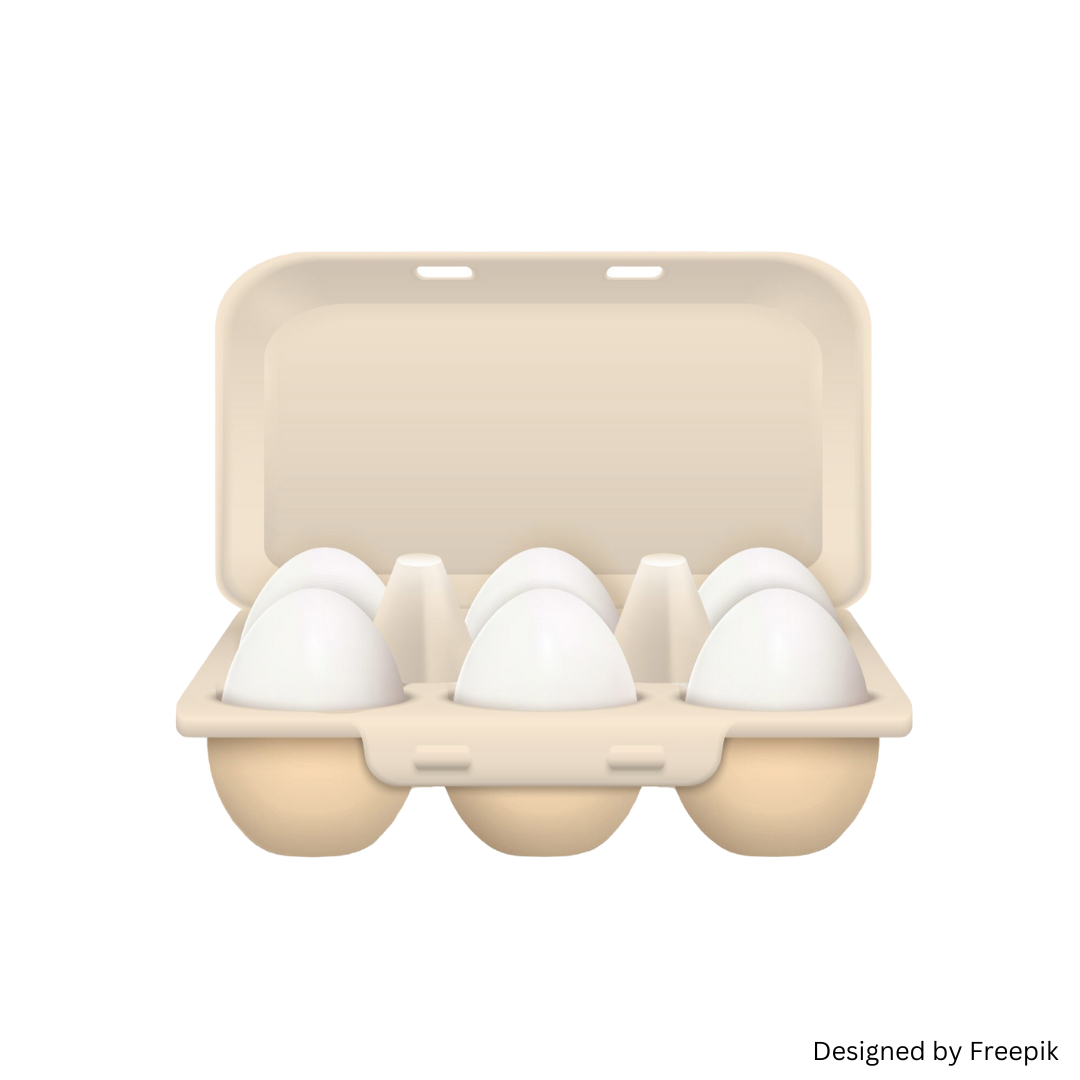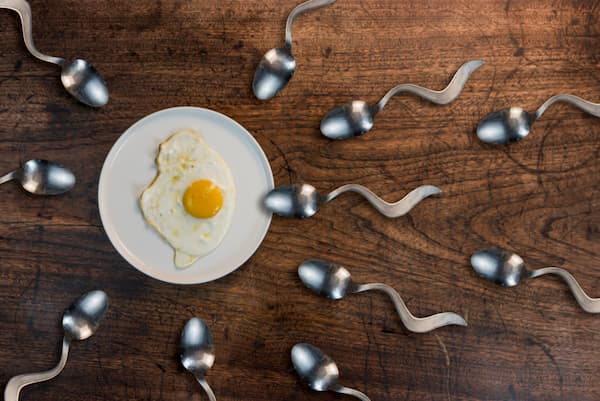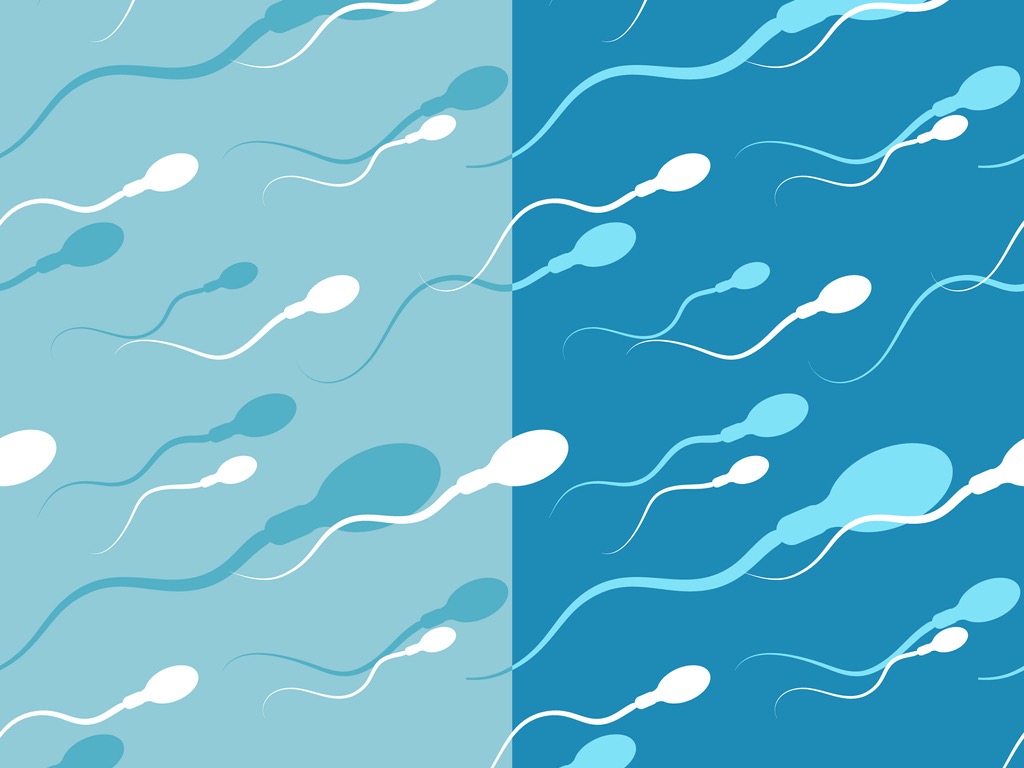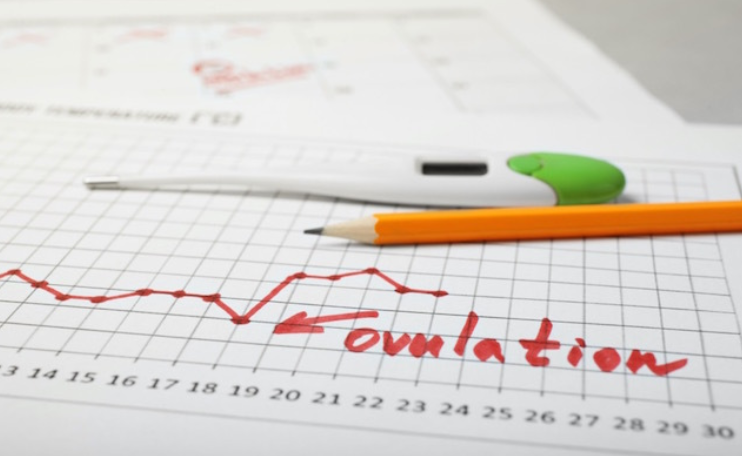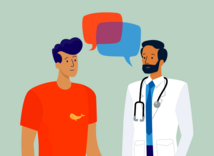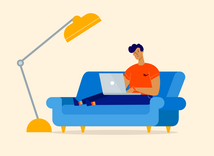While a man produces sperm throughout his lifetime, a woman is born with all the eggs (also called oocytes) she will ever have.
DID YOU KNOW?
At birth, girls have approximately 2 million eggs in their ovaries.
These eggs are not ready for hatching. Instead, these eggs wait patiently until girls hit puberty, at which time they begin maturing one by one. For most women, one egg develops to full maturity and is released into a woman’s fallopian tubes every month. This process is called ovulation (but not every woman ovulates every month). Ovulation, or the release of the egg, happens in the middle of the menstrual cycle, at about day 14 of a typical 28-day cycle.
Once an egg is released, it has the potential to become an embryo, if it is fertilized by a sperm. However, fertilization doesn’t necessarily mean a woman is pregnant. Pregnancy only happens if the embryo successfully burrows into the lining of the uterus, known as the endometrium. This process is called implantation.
If pregnancy does not occur, the next menstrual period will start around 14 days after ovulation.
A menstrual cycle can last between 24 and 38 days, with 28 days being typical.

The red boxes in the calendar indicate a woman’s fertile period, the days when she has the highest chances of conceiving. This is typically in the five days before ovulation.
While this calendar can help figure out when she is ovulating, there are more precise methods that may be used to track her cycle to know when she is ovulating. She may want to track her cycle herself or may appreciate your help. Here are some ways to try to pinpoint when (and if) she is ovulating. Using a combination of these methods increases the ability to track the cycle accurately.
